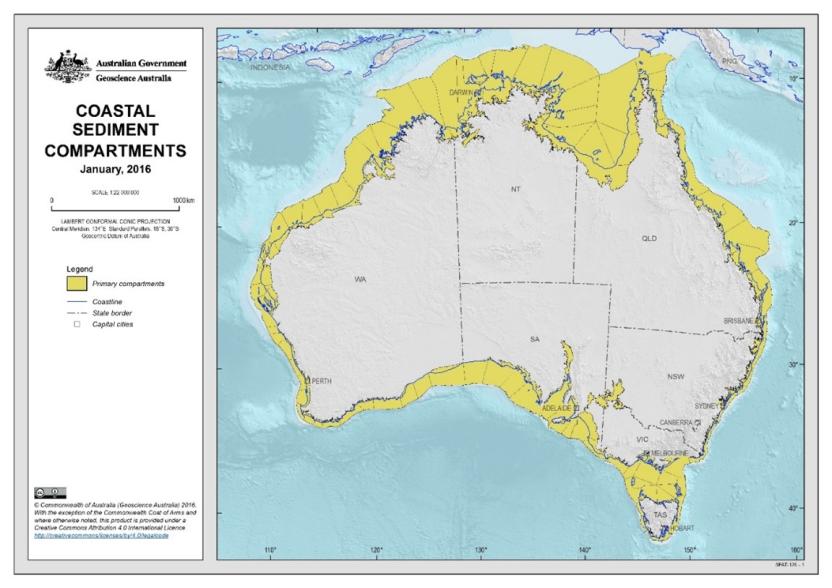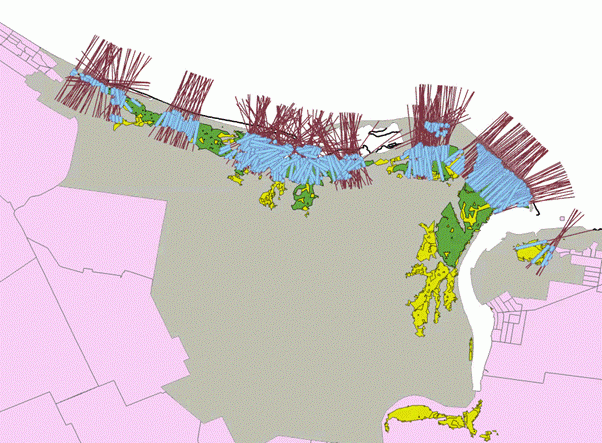Background
The Department of Climate Change, Energy, the Environment and Water (DCCEEW), and the Australian Bureau of Statistics (ABS) have partnered to develop Australia’s first National Ocean Ecosystem Account (the National Ocean Account). The National Ocean Account aims to support decision making about the sustainable use and management of blue carbon ecosystems that underpin Australian marine industries.
Concepts
The National Ocean Ecosystem Account is part of a suite of environmental-economic accounts produced by the ABS based on the United Nations System of Environmental-Economic Accounting (SEEA). The SEEA framework extends the boundaries of the System of National Accounts (SNA) to include environmental resources, which occur outside economic production boundaries measured by the SNA. Environmental-economic accounts deliver important extensions to SNA accounts
The ecosystem accounts are based on the SEEA Ecosystem Accounting (SEEA EA) framework. This framework uncovers the interactions between ecosystems and the economy by looking at ecosystems and their contribution to human well-being in the form of identifiable ecosystem services.
For the National Ocean Ecosystem Account the tables align with the SEEA EA where possible. Where data are unavailable to complete the tables, 'NA' has been used to maintain the SEEA account framework.
Scope
The scope of the National Ocean Account includes ecosystem extent, condition and carbon asset stocks for kelp, seagrass, saltmarsh and mangroves as well as two ecosystem services: carbon sequestration and coastal protection (see Table 1). Table 2 outlines the accounts to be included in stage 1 of the release in August 2022. This method document outlines the compilation method for the first stage of the accounts.
| Mangrove | Saltmarsh | Seagrass | Kelp |
|---|---|---|---|
| Extent | Extent | Extent | Extent |
| Condition | Condition | Condition/Threats | Threats |
| Carbon stocks | Carbon stocks | Carbon stocks | Carbon stocks |
| Carbon sequestration | Carbon sequestration | Carbon sequestration | Carbon sequestration |
| Coastal protection | Coastal protection | na | na |
| Valuation of coastal protection | Valuation of coastal protection | na | na |
| Mangrove | Seagrass |
|---|---|
| Extent | Extent |
| Condition | Condition |
| Carbon stocks | Carbon stocks |
| Carbon sequestration | Carbon sequestration |
| Coastal protection | na |
| Valuation of coastal protection | na |

